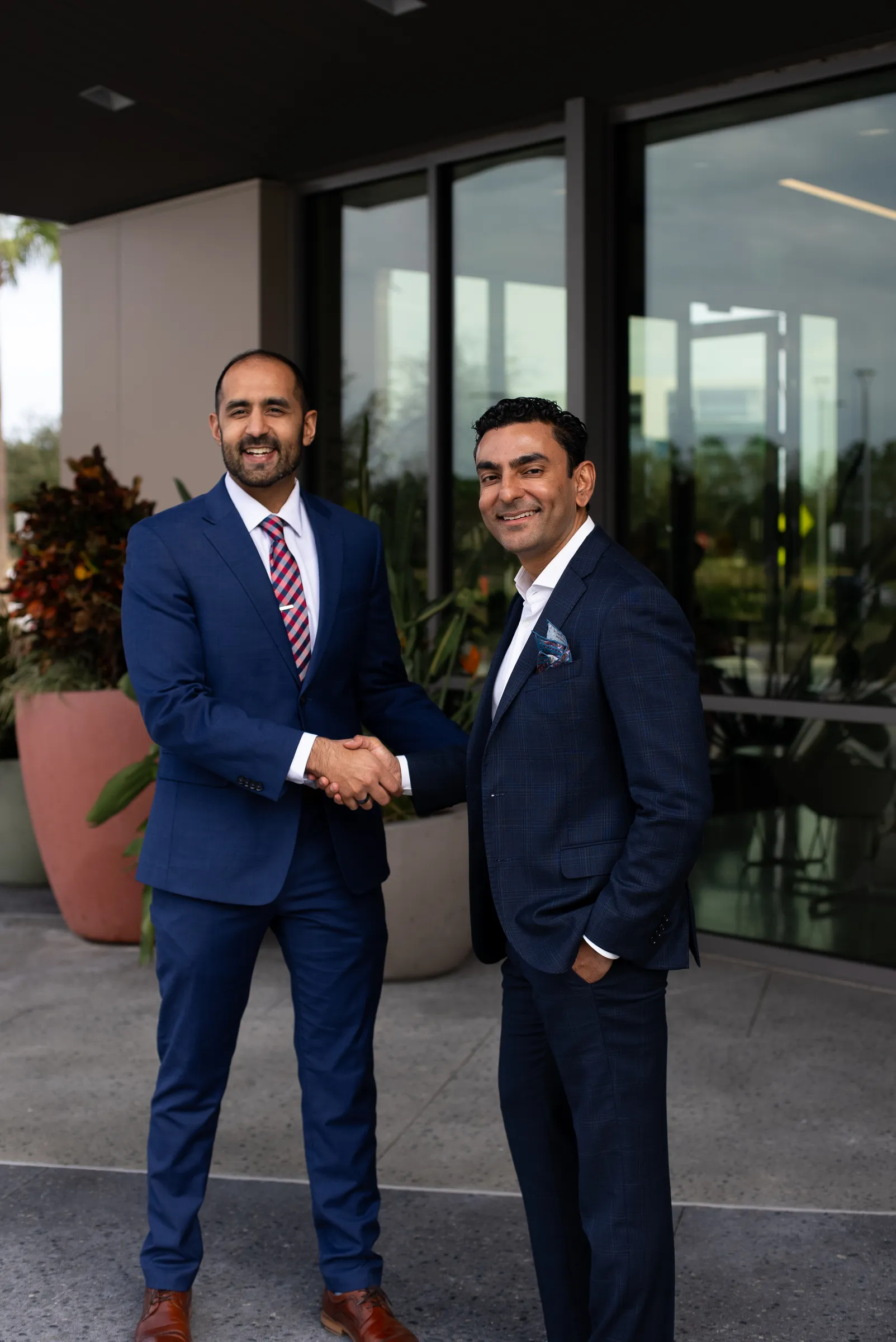
What Are the Dangers of Overexposure to the Sun?
Did you know anything more than 15 minutes is considered overexposure to the sun’s rays? We often hear to “avoid staying out too long,” but what does that actually mean and how do we do it? Between 10 AM and 2 PM the sun’s rays are the strongest. During this time, the sun’s rays are at 10% UVB and 90% UVA. This dangerous combination could lead to melanoma. The sun is not all bad,in fact, it is our primary source for Vitamin D, however it is important to limit your exposure to protect your skin.
Primary Ways to Offer the Skin Protection from the Sun
Don’t cancel your beach plans just yet. There are plenty of ways to protect yourself and still have fun in the sun.
- Stay in shady areas, especially during the midday
- Wear light clothing which covers your arms and legs
- Wear a hat to protect your facial skin and neck from the sun.Make sure to select a hat which has a wide enough brim that your face, ears, head and neck are protected from direct sunlight
- Wear wrap-around sunglasses that block both UVA and UVB rays
- Use sunscreen with 30+ SPF
How to Select the Right Sunscreen
Now-a-days you can find sunscreen in a variety of forms including creams, lotions, gels, ointment, sprays, lip balm, or wipes – but which one is right for you and yours? Today many cosmetics also contain sunscreen.
The sunscreens most Orlando skin specialists recommend will provide “broad spectrum” protection which blocks both UVA and UVB rays, and have an SPF (sun protection factor) of 30 or higher. If you are going to be in or near the water it is important to purchase a water resistant sunscreen that will stay on longer than other types. Sunscreens that have a SPF lower than 15 will only offer minimal protection from getting a sunburn and offer little or no protection from skin cancer or early aging of the skin.


